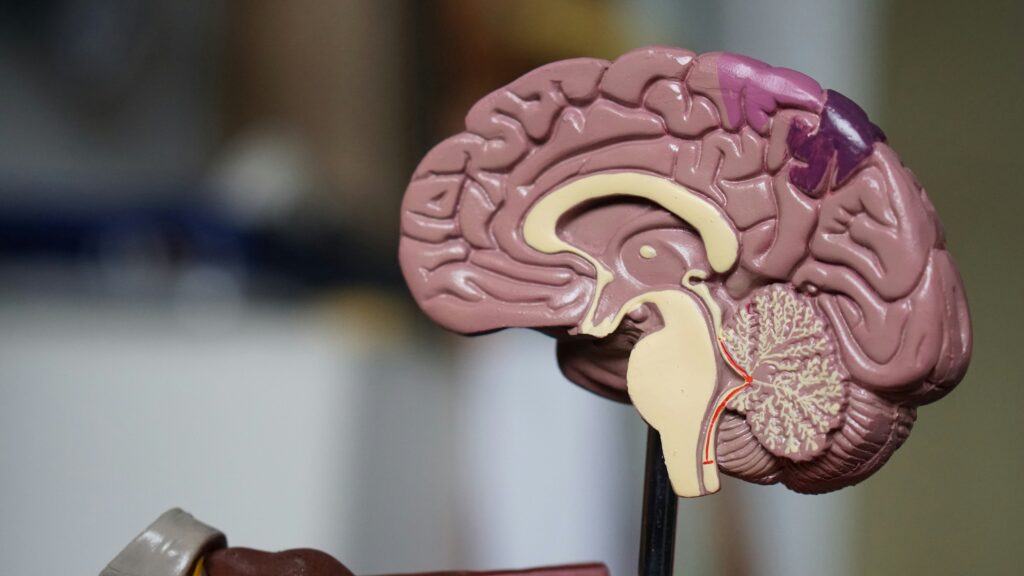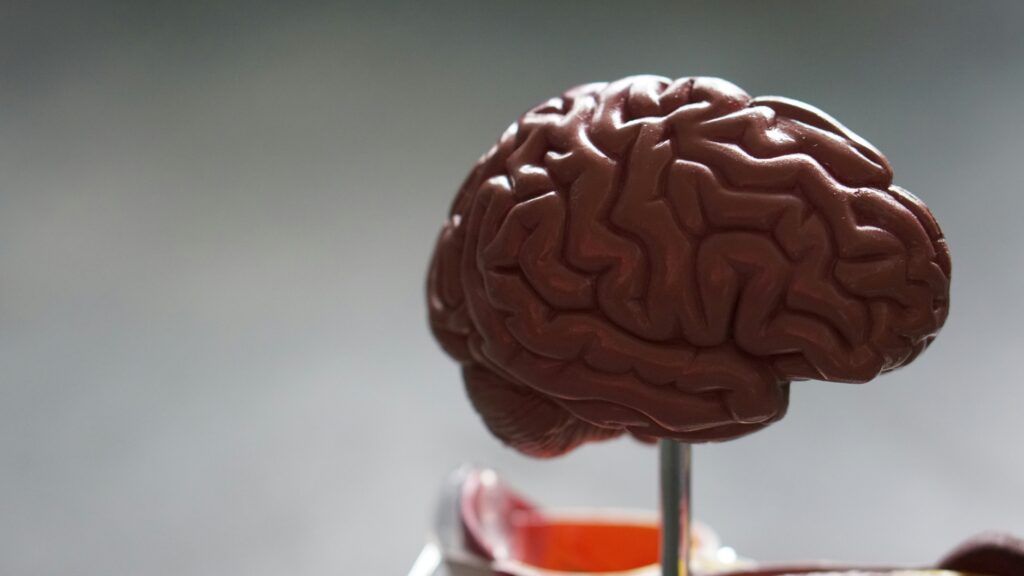When it comes to health, some conditions can be like ticking time bombs, silent and deadly. One such condition is an aneurysm. Have you ever wondered what an aneurysm is, what causes it, and how it can be treated? Well, you’re in the right place! Let’s dive into the fascinating world of aneurysms and uncover everything you need to know.
What is an Aneurysm?
An aneurysm is a bulge or ballooning in a blood vessel caused by a weakness in the vessel wall. Imagine a garden hose with a weak spot that starts to balloon out when the water is turned on. That’s pretty much what happens in your blood vessels when you have an aneurysm.
Types of Aneurysms
There are several types of aneurysms, but the most common ones are:
- Abdominal Aortic Aneurysm (AAA): This type occurs in the part of the aorta that passes through the abdomen.
- Thoracic Aortic Aneurysm: This type is found in the part of the aorta located in the chest.
- Cerebral Aneurysm: Also known as a brain aneurysm, it occurs in the blood vessels of the brain.
- Peripheral Aneurysm: These occur in arteries other than the aorta, such as those in the legs or neck.
What Causes Aneurysms?
The Role of Genetics
Genetics can play a significant role in the development of aneurysms. If someone in your family has had an aneurysm, your chances of developing one increase. It’s like inheriting your grandmother’s eyes or your father’s hair color – except not as welcome.
High Blood Pressure
High blood pressure is a major risk factor for aneurysms. When your blood pressure is consistently high, it can weaken the walls of your arteries, making them more susceptible to bulging and ballooning.
Smoking
Smoking is another significant risk factor. The chemicals in cigarettes can damage the walls of your arteries, leading to the formation of aneurysms. If you’re a smoker, quitting can significantly reduce your risk.
Age and Gender
Aneurysms are more common in people over the age of 60 and are more frequently seen in men than women. As we age, our blood vessels lose some of their elasticity, which can contribute to the development of aneurysms.
Symptoms of Aneurysms
Abdominal Aortic Aneurysm (AAA)
For an AAA, symptoms might include a throbbing feeling in the abdomen, deep pain in your back or the side of your abdomen, and a pulsating sensation near the navel.
Thoracic Aortic Aneurysm
Symptoms of a thoracic aortic aneurysm can include chest pain, back pain, and shortness of breath. Some people might also experience a cough or hoarseness.
Cerebral Aneurysm
A cerebral aneurysm often doesn’t show symptoms until it bursts. Symptoms of a ruptured cerebral aneurysm include a sudden, severe headache, nausea, stiff neck, and loss of consciousness.
Peripheral Aneurysm
Peripheral aneurysms might cause pain, a throbbing lump you can feel, or in severe cases, gangrene due to restricted blood flow.
How Are Aneurysms Diagnosed?
Physical Examination
Doctors often find aneurysms during routine physical exams. They might notice an unusual pulsation in the abdomen or an abnormal sound (bruit) when listening to the blood flow through a stethoscope.
Imaging Tests
To confirm the presence of an aneurysm, doctors use imaging tests such as:
- Ultrasound: Often used for AAAs, it’s a painless test that uses sound waves to create images of your blood vessels.
- CT Scan: This detailed imaging test can detect aneurysms in the chest and abdomen.
- MRI: An MRI can provide detailed images of blood vessels and is particularly useful for cerebral aneurysms.
- Angiography: This test involves injecting a contrast dye into the bloodstream and taking X-rays to see how blood flows through the arteries.
Treatment Options for Aneurysms
Monitoring and Lifestyle Changes
Not all aneurysms need immediate treatment. Small aneurysms that aren’t causing symptoms may be monitored regularly with imaging tests. Lifestyle changes, such as quitting smoking, eating a healthy diet, and exercising, can help prevent aneurysms from growing.
Medications
Medications can help manage some of the conditions that contribute to aneurysms. For example, blood pressure medications can reduce the stress on the arterial walls, and cholesterol-lowering drugs can prevent plaque buildup.
Surgical Options
When an aneurysm is large or symptomatic, surgery may be required. The type of surgery depends on the location and size of the aneurysm.
Open Surgery
In open surgery, the surgeon makes a large incision to access the aneurysm and repair it with a synthetic graft. This method is often used for large AAAs and thoracic aortic aneurysms.
Endovascular Surgery
Endovascular surgery is less invasive. A surgeon inserts a catheter through a small incision and guides it to the aneurysm. A stent graft is then placed inside the artery to reinforce the vessel wall. This method is commonly used for AAAs.
Clipping and Coiling
For cerebral aneurysms, clipping and coiling are common treatments. Clipping involves placing a small metal clip at the base of the aneurysm to prevent blood flow. Coiling involves inserting a thin tube into the artery and filling the aneurysm with tiny coils to block blood flow and prevent rupture.
Living with an Aneurysm
Regular Check-Ups
If you have an aneurysm, regular check-ups with your healthcare provider are crucial. These visits help monitor the aneurysm and ensure it’s not growing or posing an immediate risk.
Healthy Lifestyle Choices
Maintaining a healthy lifestyle can make a significant difference. Eat a balanced diet rich in fruits, vegetables, and whole grains. Avoid smoking and limit alcohol intake. Regular physical activity can also help keep your blood vessels healthy.
Prevention Tips
Control Blood Pressure
Keeping your blood pressure in check is one of the best ways to prevent aneurysms. Regular exercise, a healthy diet, and prescribed medications can help manage blood pressure.
Quit Smoking
If you smoke, quitting is the best thing you can do for your blood vessels. There are many resources available to help you quit, including counseling, medications, and support groups.
Regular Screenings
If you have a family history of aneurysms, regular screenings are essential. Early detection can prevent complications and allow for timely treatment.
The Emotional Impact of Aneurysms
Coping with Anxiety
Living with an aneurysm can be stressful and anxiety-inducing. It’s important to find healthy ways to cope with this stress, such as talking to a mental health professional, joining a support group, or practicing mindfulness and relaxation techniques.
Support Networks
Having a strong support network can make a big difference. Family, friends, and support groups can provide emotional support and practical help as you navigate living with an aneurysm.

Conclusion
Aneurysms can be scary, but understanding them can help you take control of your health. By knowing the causes, symptoms, and treatment options, you can make informed decisions and take steps to prevent complications. Regular check-ups, a healthy lifestyle, and the right medical care are your best defenses against aneurysms. Stay proactive, stay informed, and take care of your health – because it’s the most important thing you have.
At Retirement Answer Team, we can help you find a plan that suits your needs and lifestyle. If you have any questions or need assistance, our agents are here to provide personalized support and guidance. Don’t hesitate to reach out – we’re here to help you secure a healthy and happy future.
FAQs About Aneurysms
1. What are the early signs of an aneurysm?
Early signs can vary depending on the type of aneurysm. Abdominal and thoracic aneurysms might not show symptoms until they are large, but you might feel a pulsating sensation or pain. Cerebral aneurysms often have no symptoms until they rupture.
2. Can aneurysms go away on their own?
No, aneurysms do not go away on their own. They need to be monitored and sometimes treated to prevent complications.
3. How can I reduce my risk of developing an aneurysm?
You can reduce your risk by maintaining healthy blood pressure, quitting smoking, eating a healthy diet, exercising regularly, and getting regular screenings if you have a family history of aneurysms.
4. Are aneurysms hereditary?
Yes, there is a genetic component to aneurysms. If you have a family history of aneurysms, your risk of developing one increases.
5. What should I do if I think I have an aneurysm?
If you suspect you have an aneurysm, seek medical attention immediately. Early diagnosis and treatment are crucial to prevent complications.

